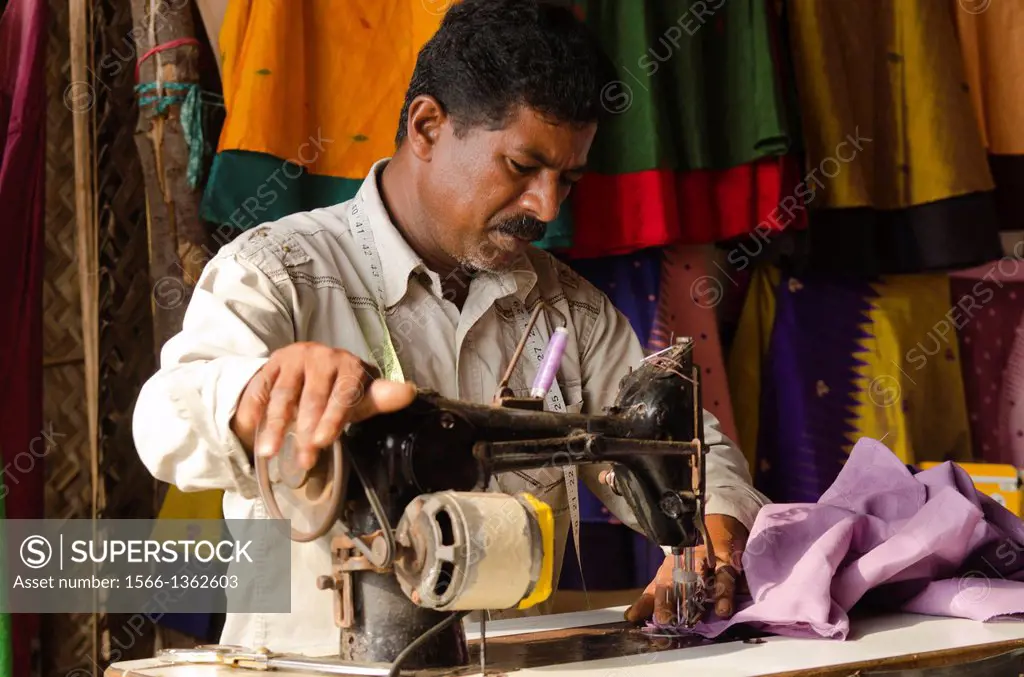Tailor Perth Quality: Where Top Quality Satisfies Personalized Tailoring
Tailor Perth Quality: Where Top Quality Satisfies Personalized Tailoring
Blog Article
Understanding the Tailoring Process: From Material Selection to Last Fitting for the Perfect Wardrobe
The tailoring process is an intricate interplay of art and scientific research, starting with the essential choice of material choice and culminating in the accurate modifications of last fittings. Each material kind brings special high qualities that affect not only the aesthetic charm but likewise the garment's long life and viability for different occasions.
Importance of Fabric Selection
Selecting the right material is important in the customizing process, as it straight influences the comfort, durability, and general visual of the final garment (tailor perth). The selection of textile establishes the foundation for the garment's efficiency, style, and performance. Various fabrics possess distinct buildings, such as breathability, stretch, and weight, which can significantly affect just how the garment drapes and fits the body
In addition, fabric selection affects the garment's durability and convenience of care. High-quality materials can hold up against damage, preserving their appearance and structure gradually, while lower-quality products might lead to pilling or fading. Furthermore, the best textile adds to the garment's capacity to change across periods and occasions, therefore boosting adaptability.
A tailored piece made from a suitable material not just showcases craftsmanship but likewise raises the wearer's self-confidence. Subsequently, recognizing the nuances of material choice is vital for any type of tailoring endeavor. It makes sure that the final product not just fulfills the aesthetic needs of the client however likewise straightens with practical demands, consequently achieving an unified equilibrium between type and feature in the tailored closet.
Sorts Of Fabrics and Their Uses
Understanding the various kinds of fabrics offered is essential for making educated choices during the customizing process. Each textile has unique qualities that dictate its suitability for certain garments and events.
Its flexibility permits it to be tailored into every little thing from shirts to outfits. Its natural flexibility aids garments preserve form over time.
Silk radiates luxury and is light-weight, making it best for eveningwear and delicate shirts; nonetheless, it calls for cautious handling due to its delicacy. Bed linen, with its distinctive finish, is a popular option for warm climates, providing a airy and crisp feeling, yet it wrinkles easily, which may influence the garment's look.
Artificial fabrics, such as polyester and nylon, deal sturdiness and resistance to creases, making them ideal for daily wear and active clothes. Recognizing these textile types and their buildings permits far better decision-making, ensuring that each tailored piece not only fits well yet also straightens with the designated function and occasion.
The Tailoring Strategies Described
The art of tailoring depends on a variety of techniques that change fabric right into well-fitted garments. Central to this procedure is pattern drafting, where a tailor creates templates based on the customer's dimensions and wanted style. This preliminary action guarantees that the garment will certainly fit the user properly before any cutting occurs.
As soon as patterns are developed, cutting strategies enter play. Accuracy is extremely important as errors can lead to misfitting garments. Tailors usually visit this page utilize numerous cutting methods, such as single-layer reducing for intricate layouts and multiple-layer cutting for performance on basic patterns.
Basting is an additional vital technique, allowing dressmakers to briefly stitch fabric assemble for an initial fitting. This method provides the opportunity to evaluate the drape and general silhouette prior to final stitching.
Seaming methods, including french seams and flat-felled seams, enhance the garment's longevity and aesthetic allure. Tailors additionally employ methods such as interfacing and extra padding to give framework and form to particular areas, like collars and shoulders.
Finally, completing techniques, consisting of hemming and edge completing, guarantee the garment's durability while supplying a refined look. With each other, these techniques form the backbone of effective customizing, causing elegant, custom-fit clothing.
Fitting Adjustments and Considerations

Key factors to consider include the shoulder fit, which needs to neither droop nor limit motion, and the sleeve length, which need to permit for comfy arm movement while preserving a sleek look. In addition, modifications at the waistline can improve the shape, with choices to allow out or take in material as needed.
The increase of trousers is one more vital aspect; it needs to sit comfortably above the hips without causing pain, allowing for simplicity of activity. Hemming sizes for both pants and skirts ought to reflect the wearer's favored design while appreciating proportions.

Preserving Your Tailored Clothes
Proper maintenance of tailored garments is important to preserving their fit and appearance over time. To ensure long life, routine cleansing is extremely important. Always comply with the treatment tag directions, which may recommend completely dry cleaning for fragile materials or device washing for even more long lasting products. Prevent regular laundering, as this can put on down the fabric and modify the garment's form.
Storage is similarly crucial; use padded hangers for coats and jackets to maintain shoulder framework, and shop pants folded neatly or hung to avoid creasing. Protect garments from direct sunlight, which can fade shades and damage fibers.
Furthermore, periodic inspections for minor repair services can protect against larger issues. Inspect for loosened buttons, tearing joints, or indicators of moth damage, addressing these problems promptly to keep the garment's stability.
Lastly, take into consideration seasonal rotation. Wearing customized pieces click here to read in small amounts enables textiles to recover, expanding their lifespan. By executing these upkeep strategies, you can make sure that your customized garments continue to be as pristine as the day you first wore them, boosting your ideal wardrobe for several years to come.
Conclusion
The tailoring procedure, including fabric choice, knowledgeable methods, and precise fitting modifications, plays a vital duty in producing garments that enhance both convenience and design. Comprehending the importance of maintenance expands the life of tailored garments, solidifying their worth in a well-curated wardrobe.
Picking the best textile is critical in the tailoring process, as it directly affects the comfort, sturdiness, and total aesthetic of the last garment. The choice of material sets the foundation for the garment's capability, efficiency, and design. Different textiles have unique residential or commercial properties, such as weight, stretch, and breathability, which can considerably affect how the garment drapes and fits the body.
The art of customizing counts on a variety of strategies that change textile into well-fitted garments.The tailoring procedure, including textile choice, experienced techniques, and exact fitting adjustments, plays a crucial duty in creating garments that improve both comfort and style.
Report this page